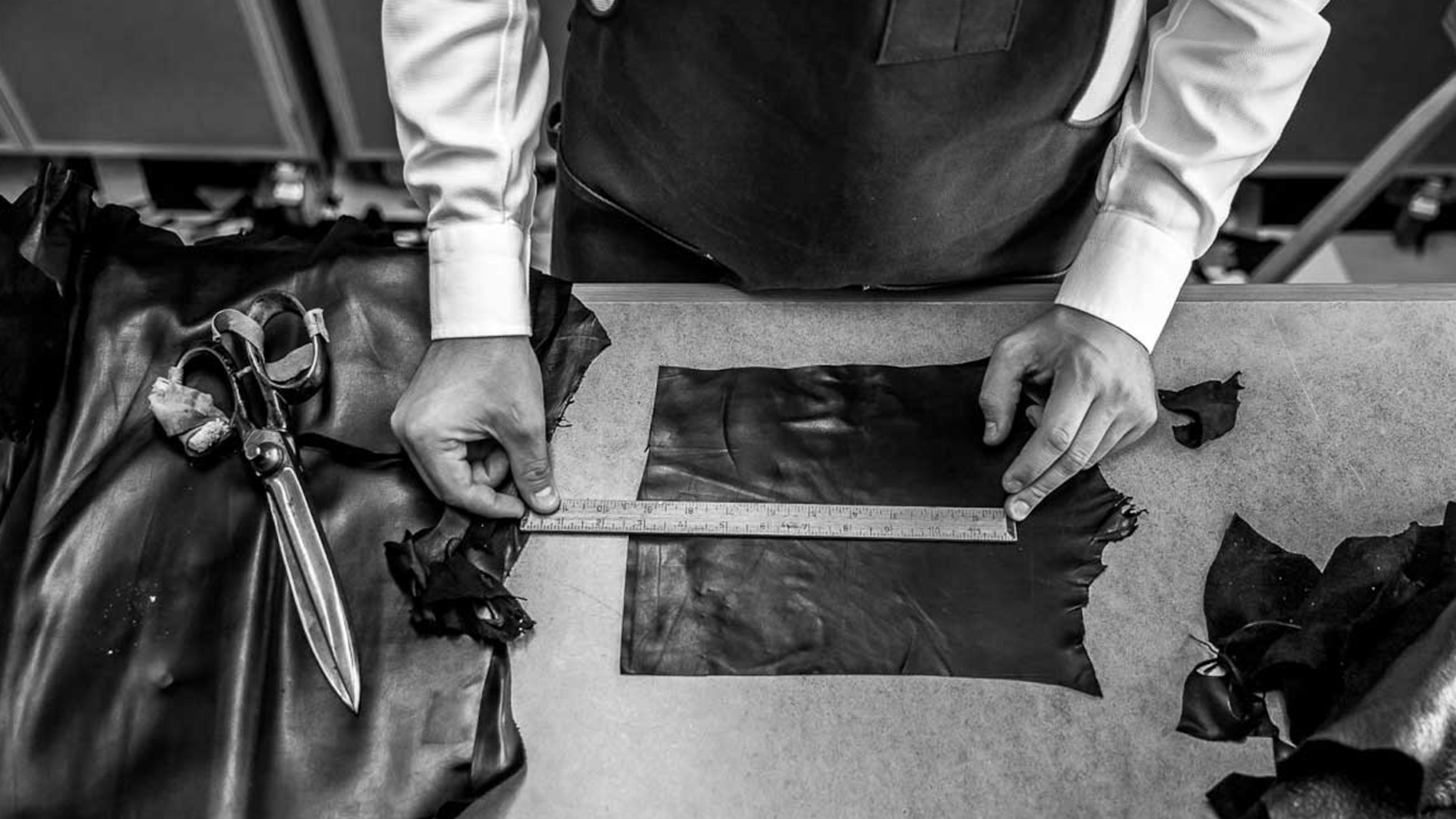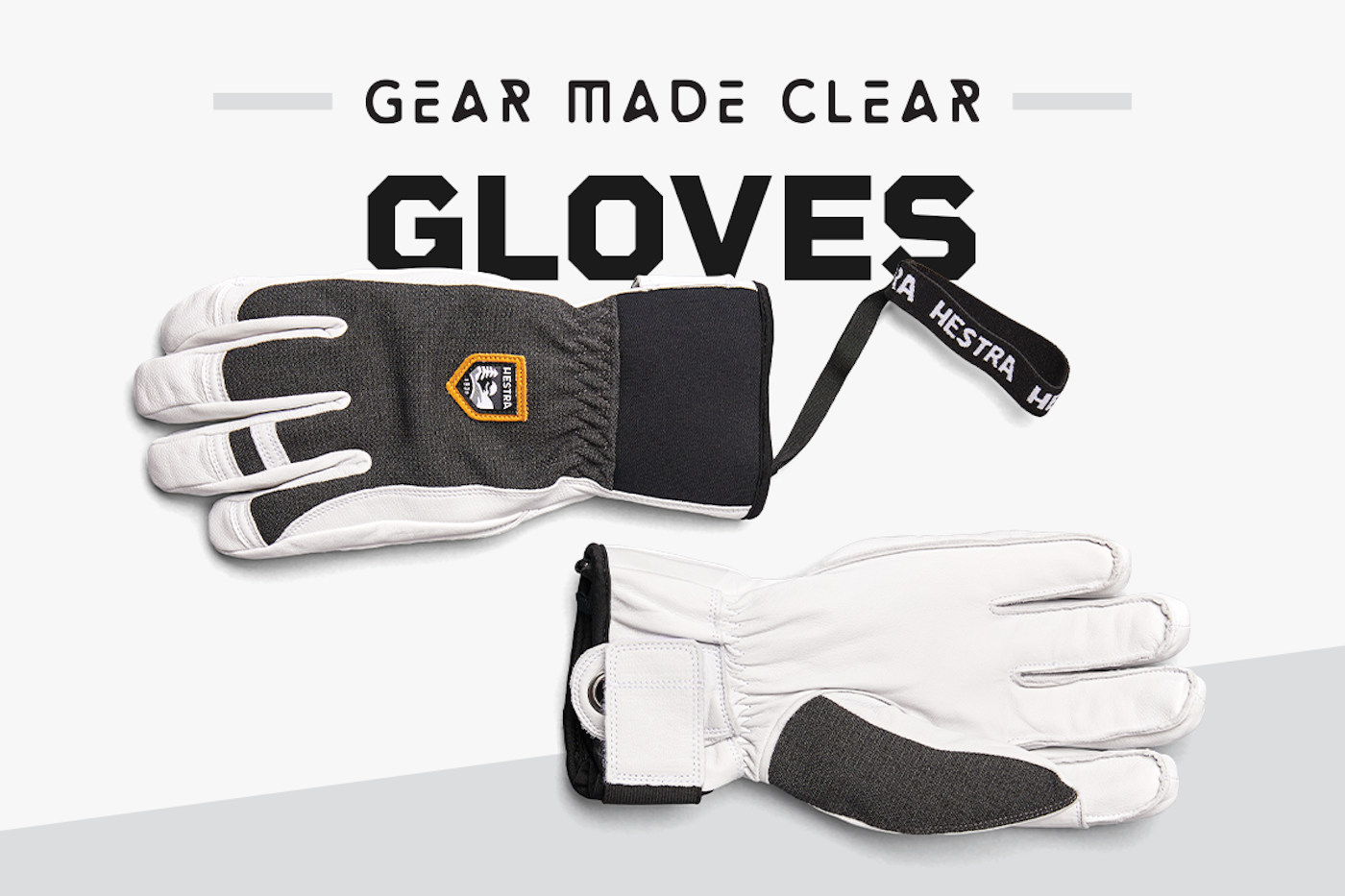
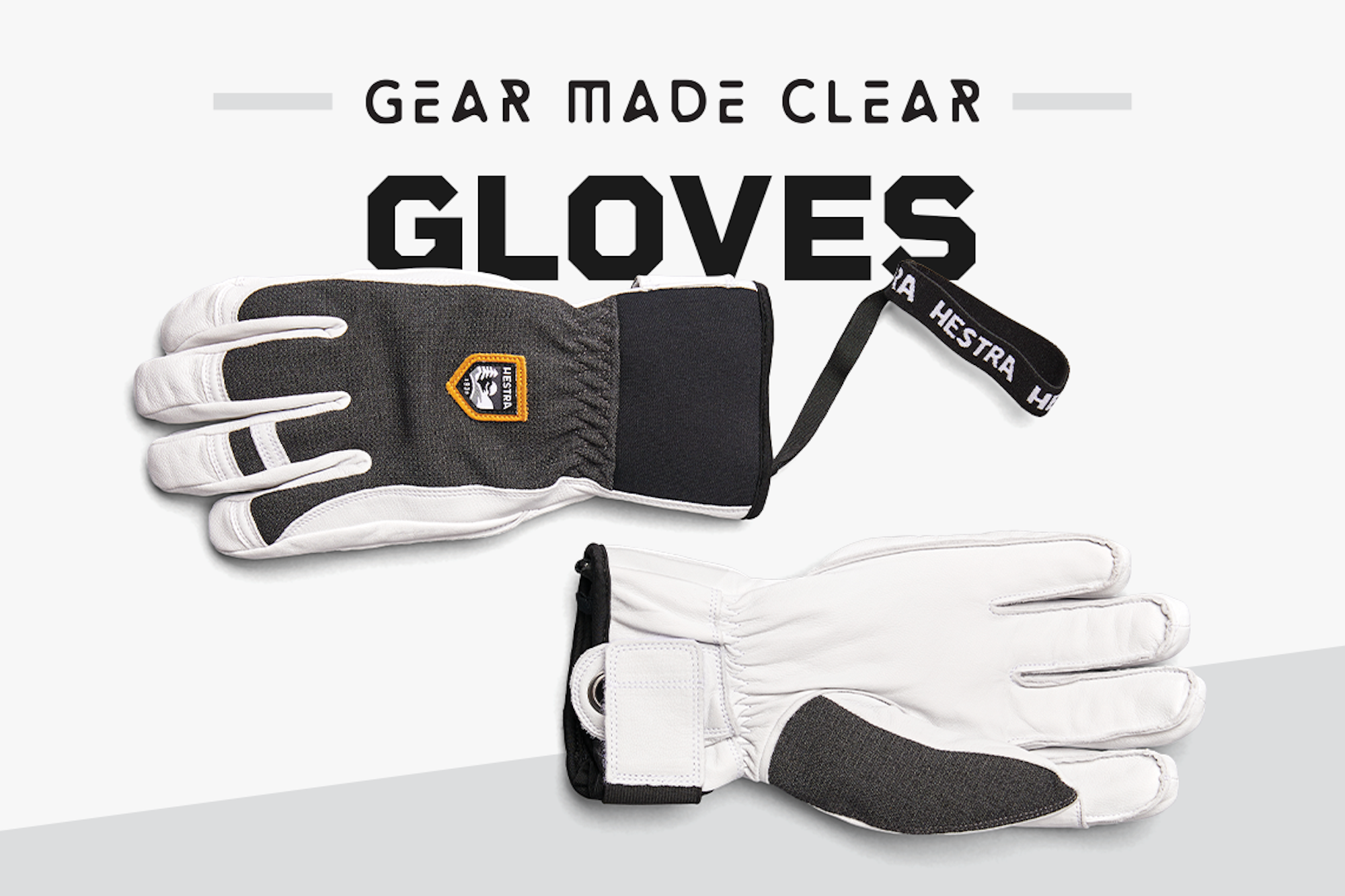
Sure, you can grab a pair of Kincos or some cheap gloves from the discount store—but why would you sacrifice a good day skiing with frozen digits? Bottom line: There’s a whole lot more than meets the eye when it comes to choosing the right glove.
To better understand how to maintain happy hands in the mountains, FREESKIER spoke to tenured big-mountain guru Cody Townsend. The Tahoe-based skier is currently bagging fifty of the most badass ski descents in North America and his longstanding stint as a professional skier has provided him a sage-like ability to articulate the mark of well-made gear.
With precise and purposeful selection, Townsend has figured out a system that allows him to excel at high-altitude. Now, he wants to share his advice with you.


The number one thing that people don’t think about with gloves is breathability—which equals warmth. Let’s say, you put a bunch of insulation inside a rubber glove; immediately, your hands are going to get warm, but then they’ll start to get clammy. As they get moist, cold will creep through the insulation, pack it down, then it gets wet and your hands are freezing. That’s one thing I find with the wool-lined Hestra gloves—like the Army Leather Patrol and Fält Guide Glove—that they have this incredible breathable wall that keeps your hands warm, but dry the entire time from the inside. I’m always thinking, “What is going to be the best warmth-to-weight ratio of a glove that allows my hands to stay warm but not sweat or get clammy?”
People tend to look for gloves that are too warm. Most consumers will err on the side of more insulation, whether its clothing or gloves. I try to find a middle ground because you build up a lot of body heat when you’re skiing. You’ll see people skiing, wearing cheaper, insulated jackets; they’re opened up, sweating and they’re wet. That same principle applies to your gloves: Don’t go for the warmest gloves. Step it down and you’ll be more comfortable throughout the day.
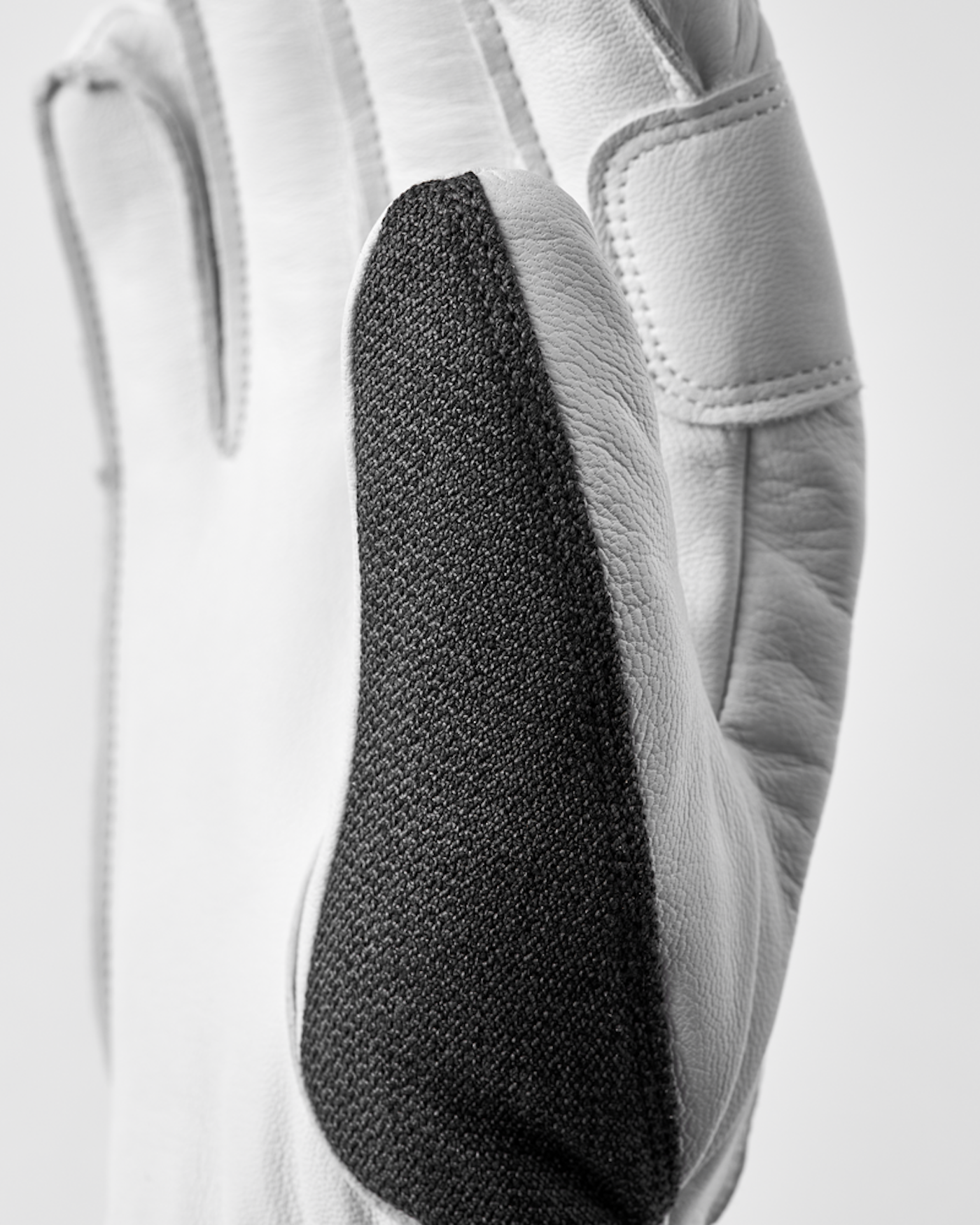
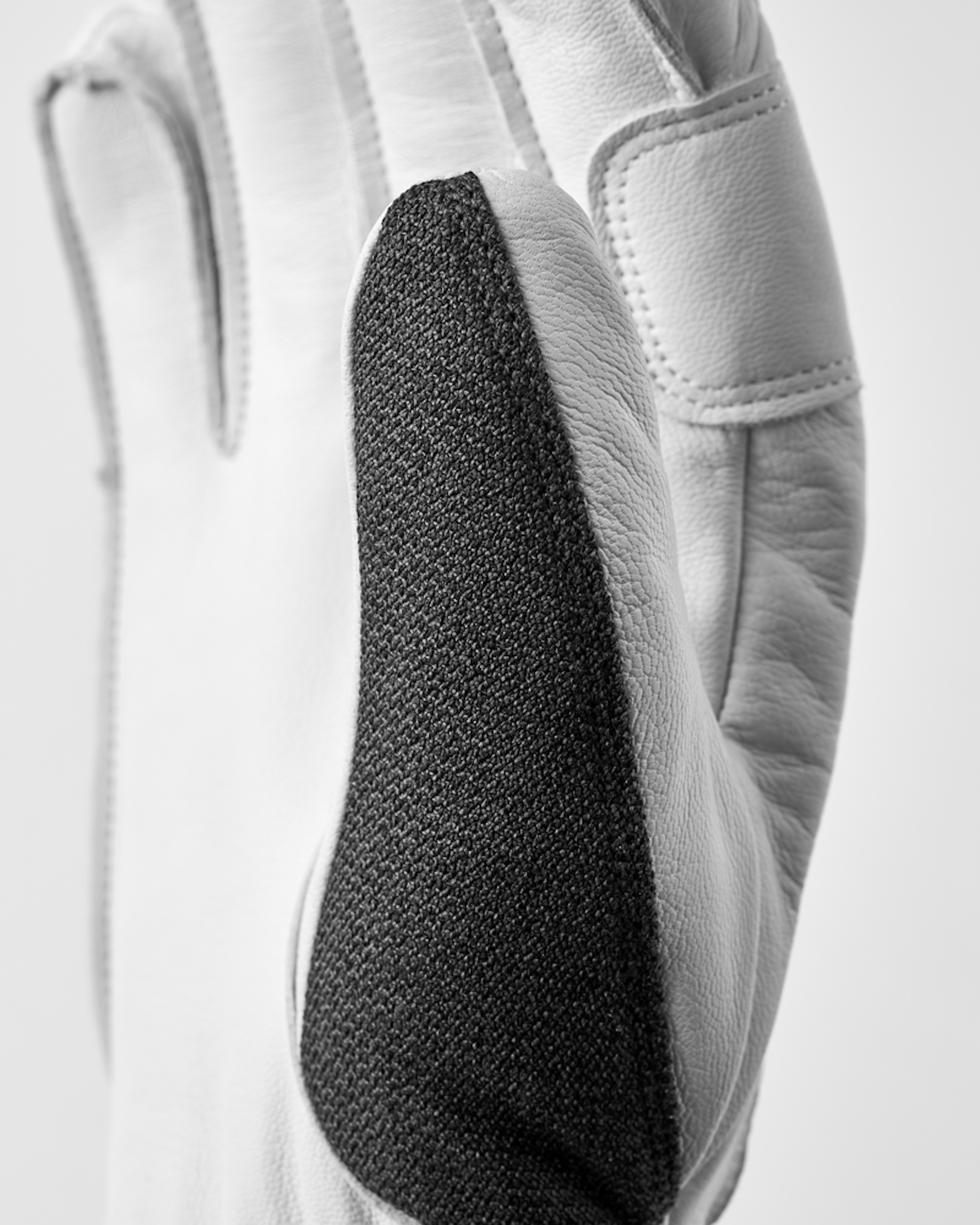
Dexterity is at a premium with the Hestra Army Leather Patrol.
Having gloves that are easy to grip a pole with is huge. We’re holding onto poles the entire time, but having big, puffy-style gloves, you can’t hold onto your pole and you’ll be struggling to get a good plant—which, what every ski instructor will tell you, is key to a good turn.
You get what you pay for. There’s a trend all about [those cheap work gloves], and, well, you’re probably going to go through two or three pairs of those a year. From an environmental standpoint, that’s not sustainable. Over the course of two years, you’ll be spending more money on seven pairs of gloves then you’d pay for one pair of high-quality gloves.
Try ‘em on—put your hands in them and see how they feel. You’re going to be able to tell immediately if they are comfortable. And don’t buy gloves online. You won’t be able to tell that certain brands don’t stitch the liner to the finger, and when you take your hand out, the liner pulls out, too. There are certain products that you can buy online, but others you can’t. Ski boots and gloves… those are pieces of gear you gotta try on in-store.
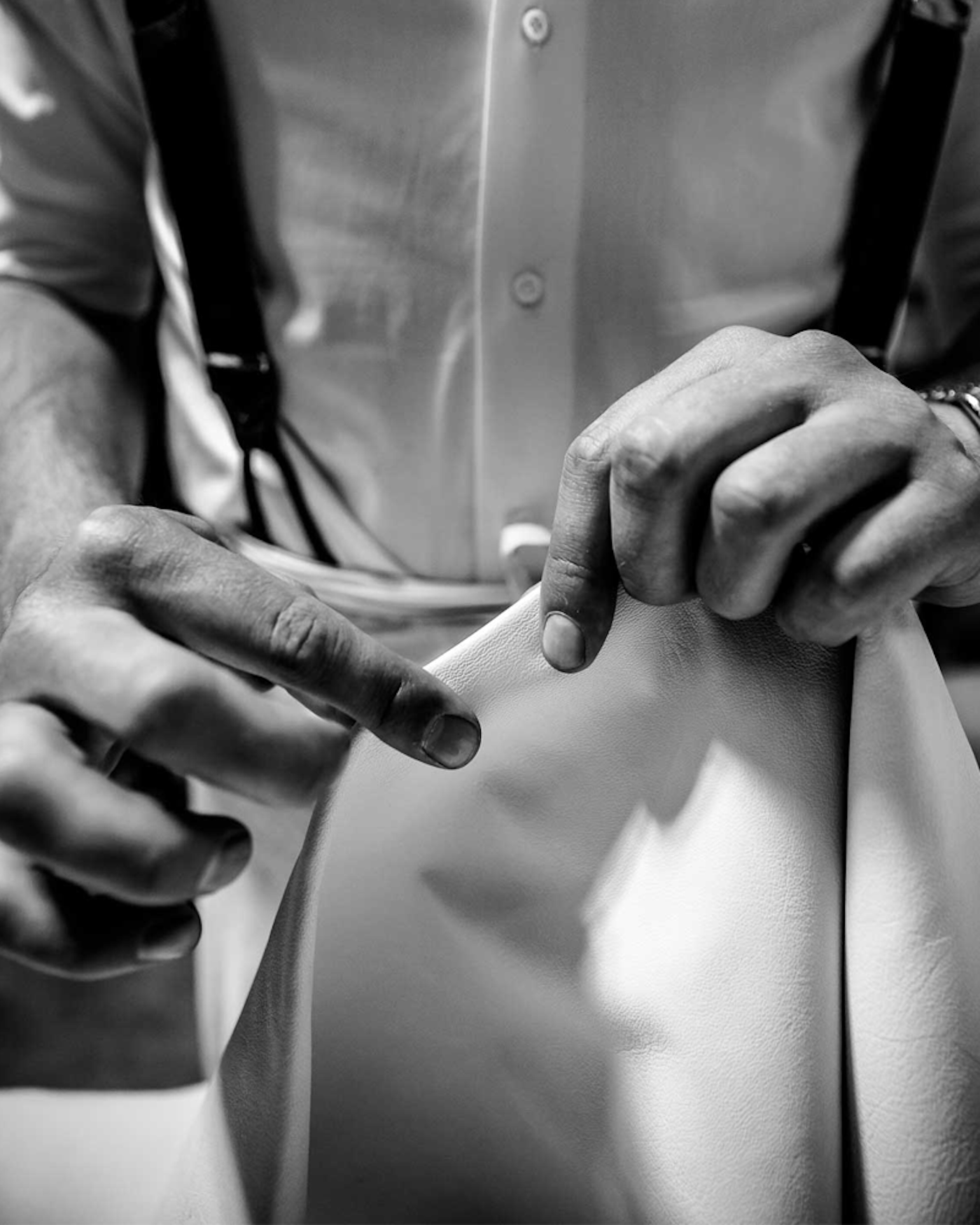
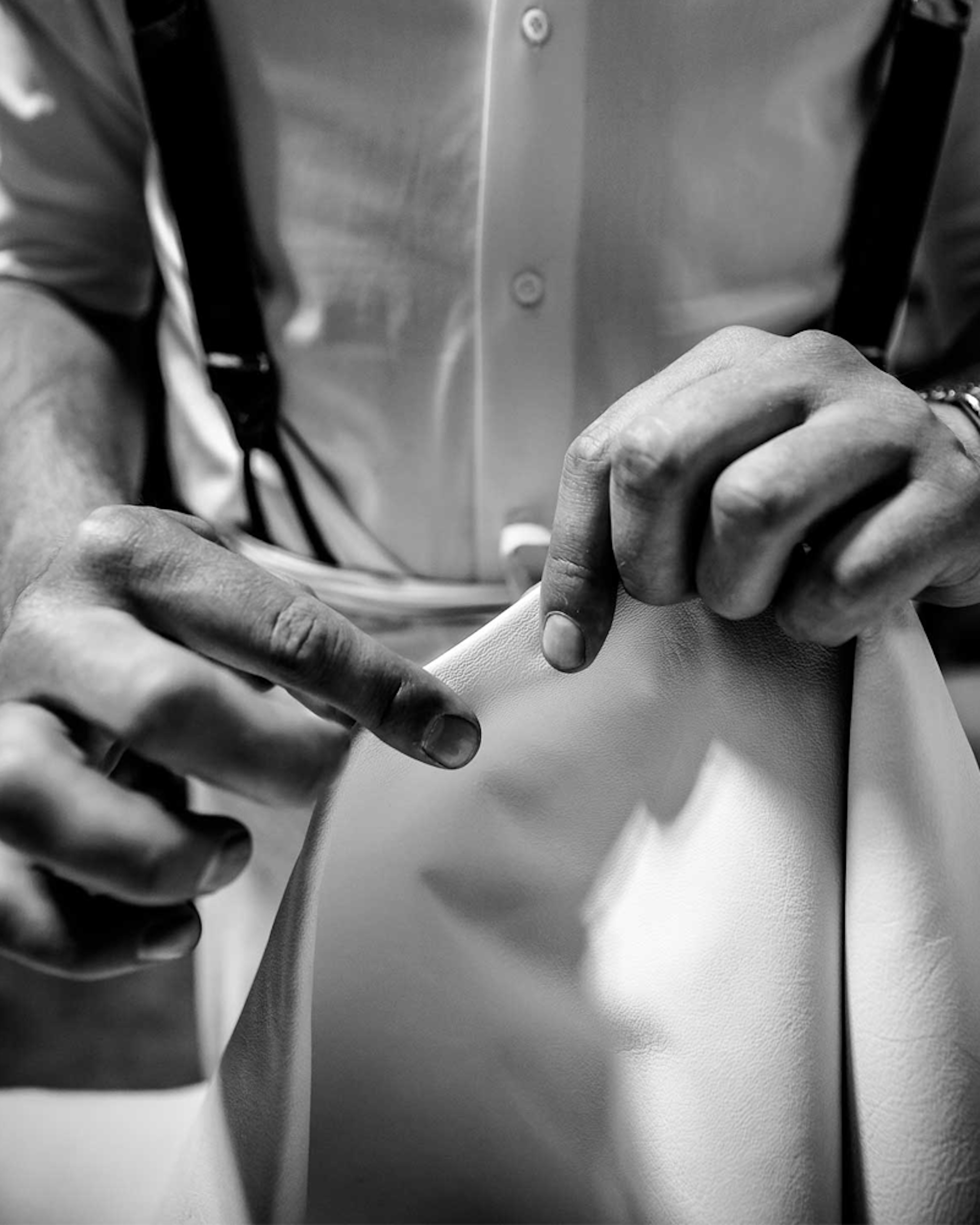
Hestra’s glove-makers choose from the finest leather.
Think about your gloves in the same way you think about layering for your body. We always talk about layering with clothing—having tons of different layers—because that’s how you’re able to regulate warmth when you’re out in the backcountry. The same applies to gloves, and I’ve developed a system where I can “layer up” with my gloves. I have a pair of Hestra Over Mitts that can go over my gloves. I’m not bringing as many pairs of gloves out there; I’m just thinking about how I’m “layering up” on my hands. I’ve brought it down to where I have a pair of liners, the Fält Guide Glove and the Over Mitts.
When it comes to ski touring, that’s when I have more of a system of how I do things. I will use a liner to ski tour; not necessarily the liner that’s going into my glove that I bring out there that day, but I definitely go uphill in liners. “Be bold and start cold,” when you’re ski touring. It’s one of the hardest things to do: It’s cold at the trailhead, you’re in a puffy coat and you’ve got to strip down everything, including your warm gloves, because you’re going to heat up quickly.
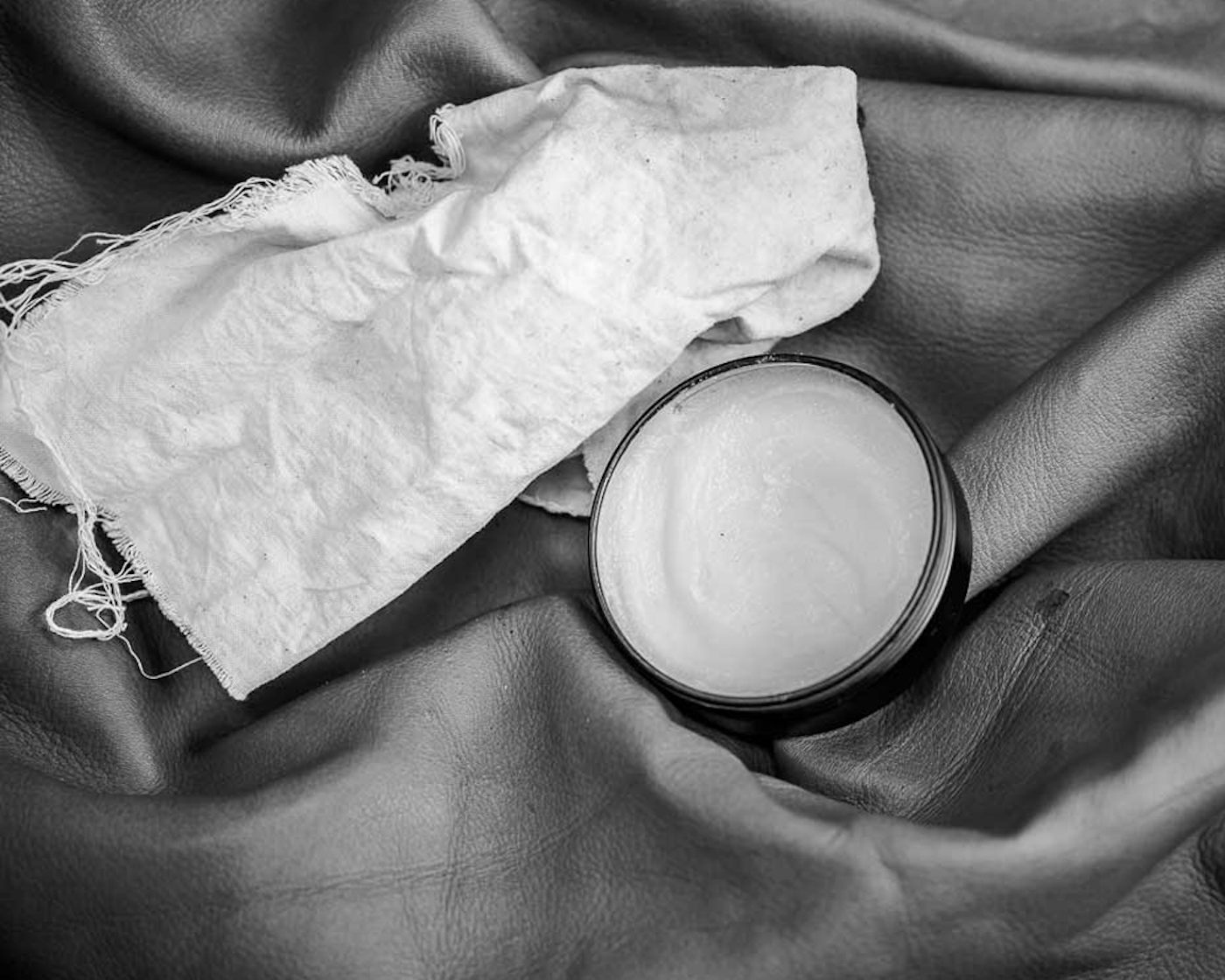
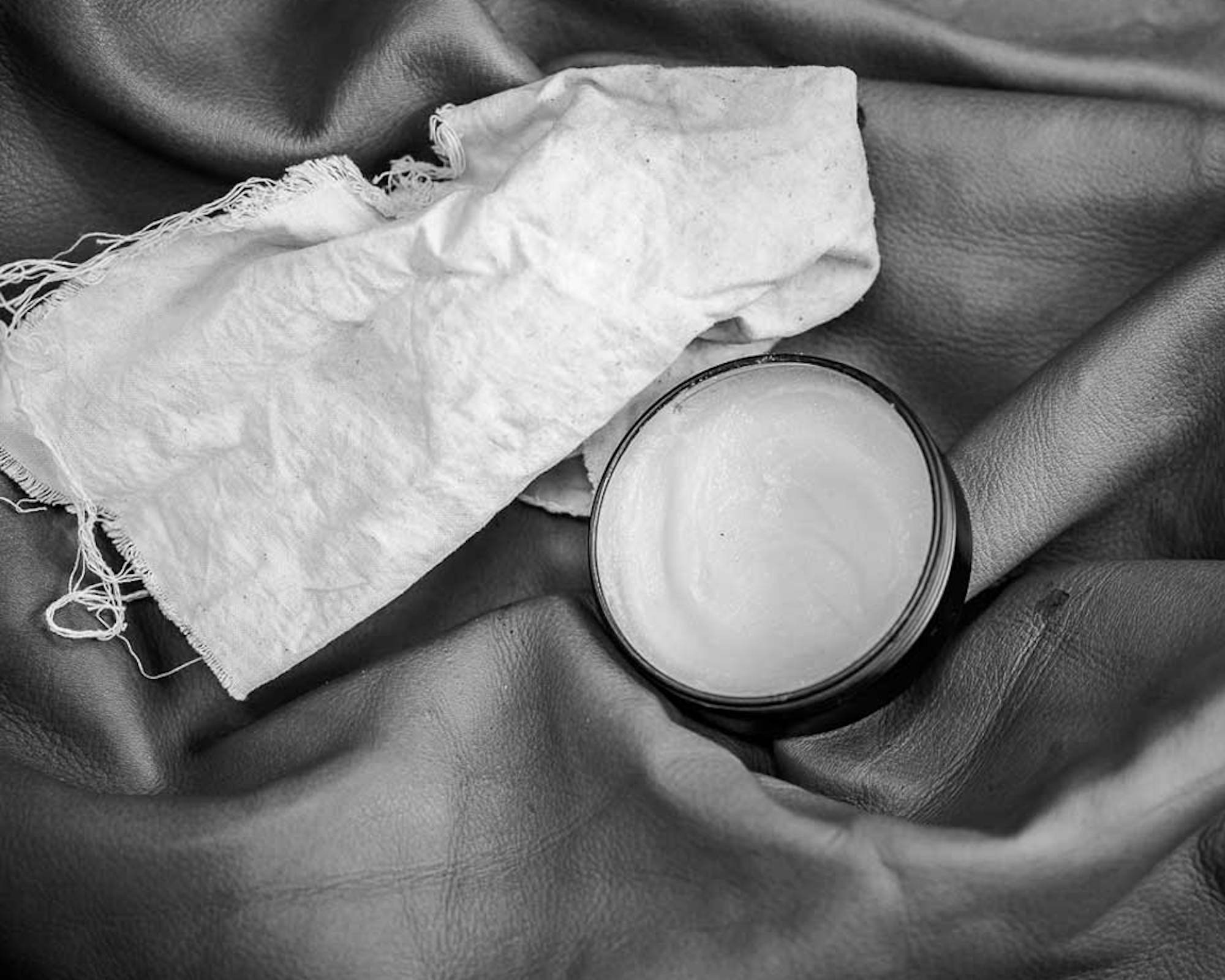
Leather takes care, but it’s a material that will last for years.
Leather takes care—you need to wax them and you need to take care of them—only then will leather gloves last forever. It’s this old-school mentality.
When drying wet gloves, keep them away from really hot heat. Don’t put them two inches from the fireplace—they’ll get destroyed. A boot dryer or just getting airflow in them is the best.
Outer Materials
Leather: Treated for waterproofing and durability, drum-dyed leather retains its natural softness and appearance by tumbling it at low heat. Goat leather and cowhide are the two most popular leathers used in winter gloves, renowned for their natural breathability, dexterity and resistance to wear-and-tear.
Synthetics: Some gloves use a combination of natural and synthetic materials, like waterproofed polyester, on the back of the hand. Synthetics are specifically engineered fabrics and require less long-term care, but may deteriorate faster than natural fibers.
Proprietary Technologies
There are a slew of brand-specific technologies floating around in the glove market. Be aware of these “catch phrases” and research each proprietary term for its specific use. Many glove-makers use these technologies for insulation, ergonomics or materials.
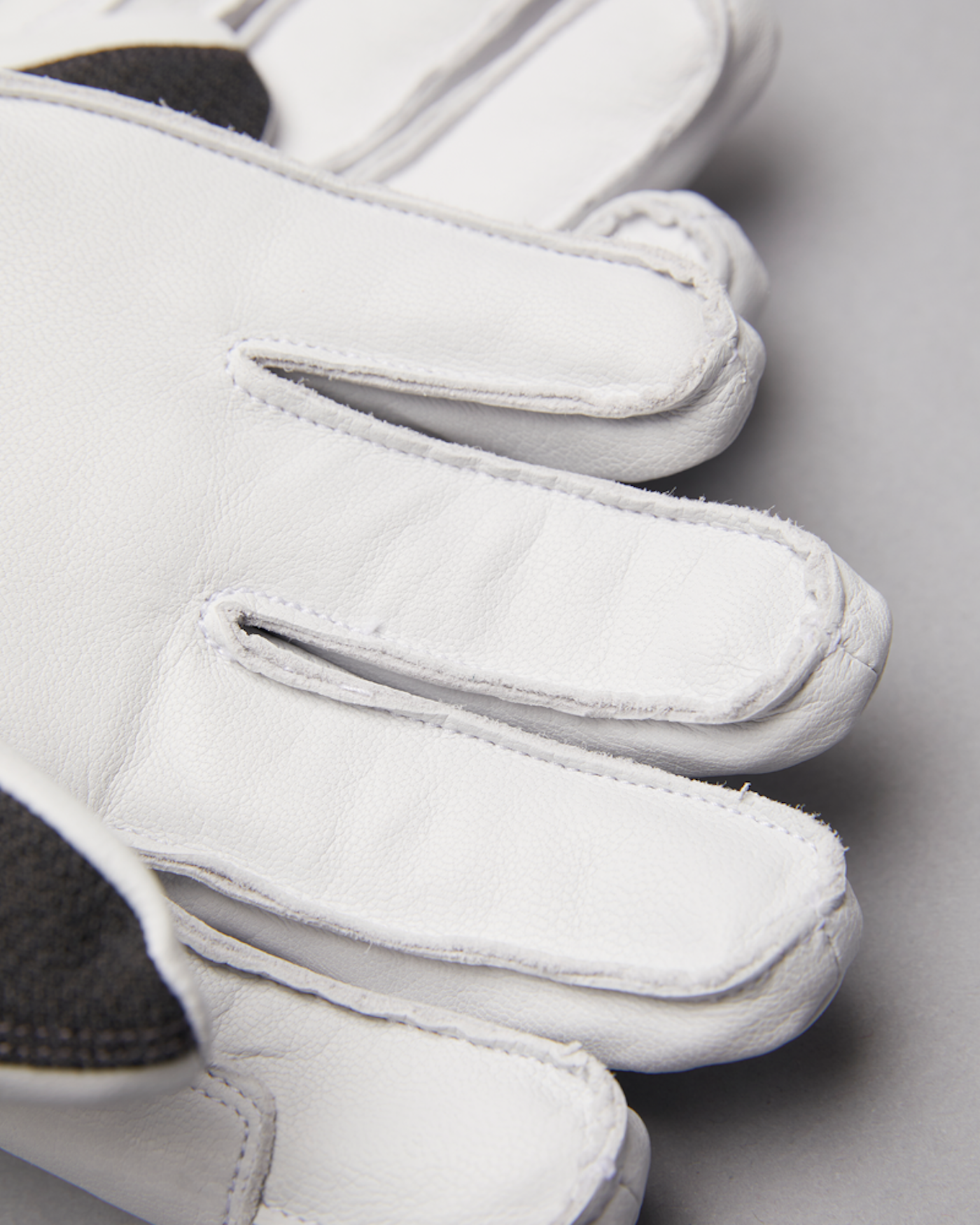
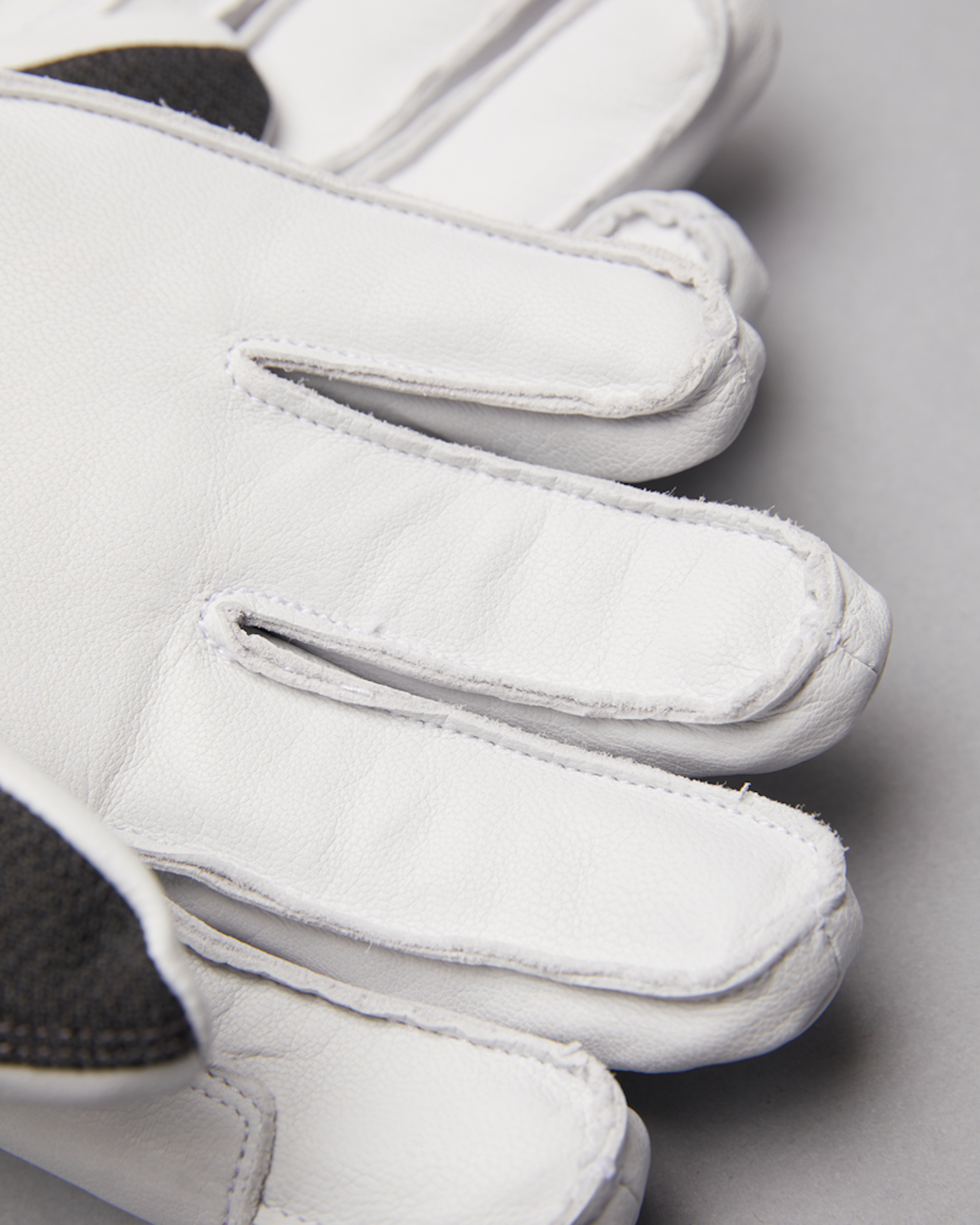
External stitching on the Hestra Army Leather Patrol improves dexterity.
Cuffs
There are two options when it comes to cuffs: short and long. Short cuffs are often made of softer neoprene and are tucked under a jacket sleeve. Long cuffs are meant to be cinched over the jacket sleeve to better prevent snow creep. Choosing the right style depends on your skiing habits and personal preference, but skiers skiing in deeper snow and inclement weather might want to lean longer.
Stitching and Shaping
How a glove is stitched and shaped directly affects its comfort and dexterity. “Outseams” or “external stitching” means the stitching is on the outside of the glove; this is often found in higher-end gloves and provides comfort by moving the stitches away from your fingers. Some gloves are also stitched into a pre-curved, ergonomic shape that mimics the hand holding onto something like a ski pole, which is naturally comfortable for the user.
Insulation
Multi-layered insulation systems are most popular in gloves today. Wool liners are a natural solution, but many companies prefer to use microdown fills, synthetic insulators (think: Thinsulate or Primaloft) or a combination of these materials. Removable or swappable wool liners can be used to “layer” accordingly for different temperatures and can also be cleaned. Synthetic insulators offer better heat retention for their weight, but cannot be removed.
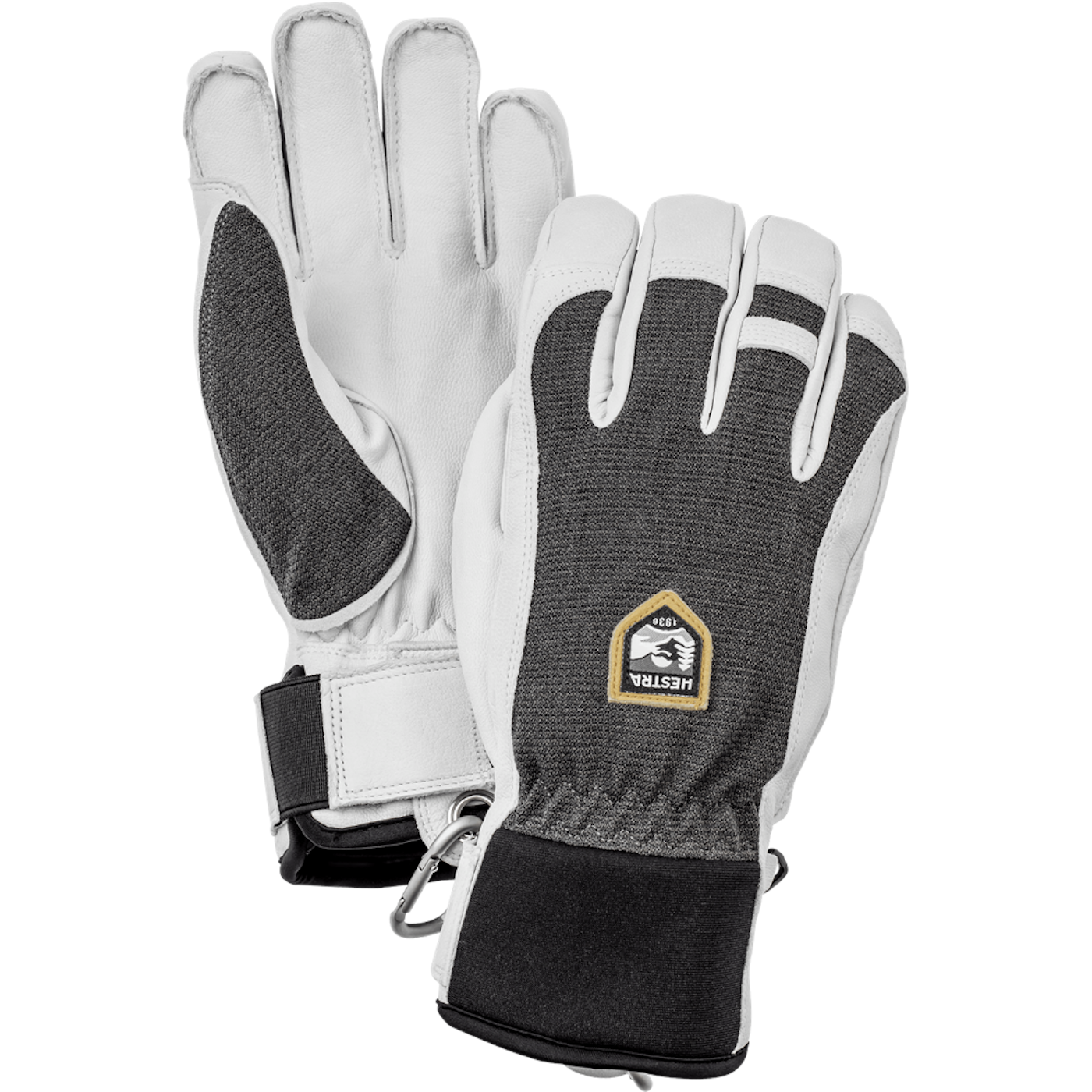
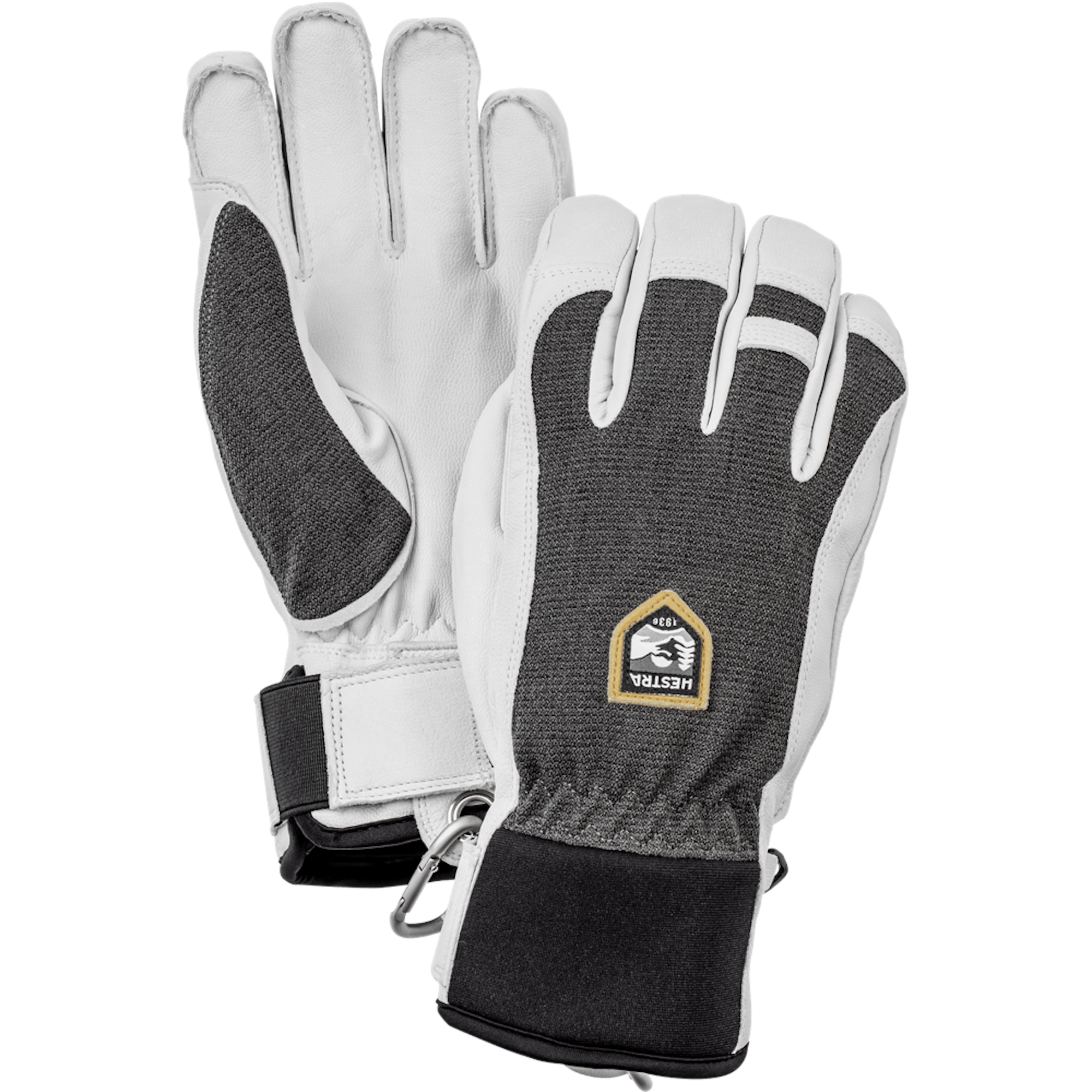
Hestra Army Leather Patrol
Do one thing and do it the best it can be done. That’s Hestra’s tried-and-true glove-making motto, exemplified by the Army Leather Patrol. The moment you slip into this supple yet durable goat leather glove, you’ll notice how it seamlessly matches the movements of your hands—dexterity is a notable standout. This short-cuffed model retains warmth with a removable five-finger wool liner and compressible G-Loft insulation, which is made of thin polyester fibers that dry quickly and keep heat, even when wet. On the back of the hand, a three-layer fabric offers wind- and water-proofing yet enough breathability to mitigate overheating. With some tender love and care in the form of leather treatment and proper drying, these gloves are an investment that will last you years.

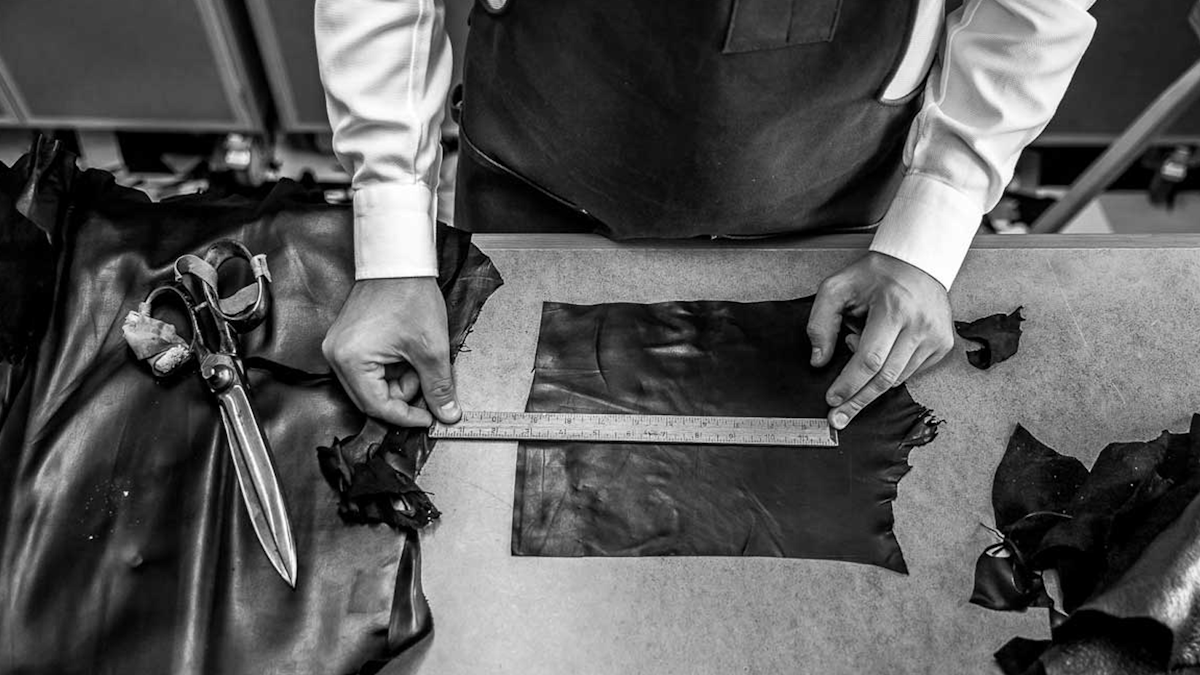
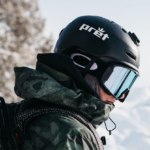

![[GIVEAWAY] Win a 4-Night Karma Campervan Rental and go Ski the Powder Highway](https://www.datocms-assets.com/163516/1767816935-copy-of-dji_0608-1.jpg?w=200&h=200&fit=crop)


![[GIVEAWAY] Win a Legendary Ski Trip with Icelantic's Road to the Rocks](https://www.datocms-assets.com/163516/1765233064-r2r26_freeskier_leaderboard1.jpg?auto=format&w=400&h=300&fit=crop&crop=faces,entropy)

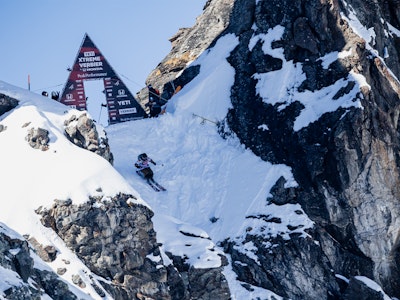
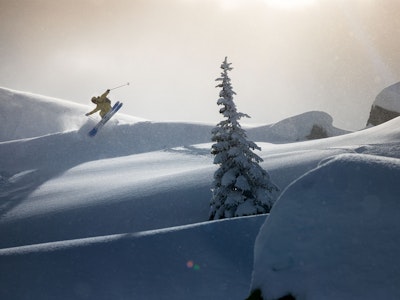


![[GIVEAWAY] Win a 4-Night Karma Campervan Rental and go Ski the Powder Highway](https://www.datocms-assets.com/163516/1767816935-copy-of-dji_0608-1.jpg?auto=format&w=400&h=300&fit=crop&crop=faces,entropy)

